Hidden sugars are the WORST! This post sheds light on all you need to know, including sneaky sugars in common foods that you may not be aware of. We’ll also cover 12 foods that are considered healthy but contain a lot of sugar.
Added sugar is found in more foods than you might think.
That means, despite your best efforts to cut back on sugar, you may still be consuming more grams of sugar per day than you planned.
And that’s mostly because of the darn sneaky sugars that make their way on to the table and into your meals without you even realizing it.
Since I quit sugar, I’ve been reading labels and researching where hidden sugars are found. You see, I feel so much better since I cut foods and drinks with added sweetener out of my diet, and I don’t want to be tricked into eating sugar without knowing.
I feel so good (and I have learned so much) that I want to share with you what I know.
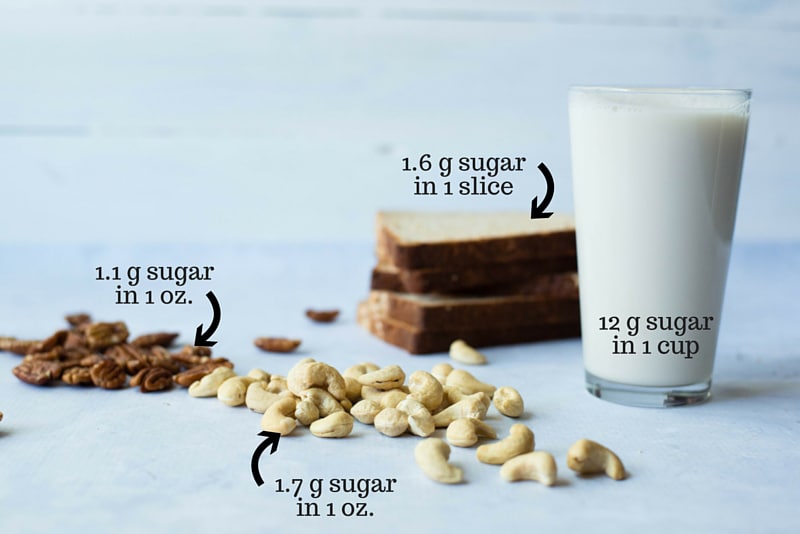
HIDDEN SUGARS IN FOODS VS NATURAL SUGAR IN FOODS
Let me explain the sugar dilemma a little bit more. You see, natural sugars found in fresh and healthy foods are not what I’m concerned about. It’s the added sugars and the synthetic chemically-formed sugars that don’t cut it with me.
Natural sugars occur normally in food and are healthier than added sugar. Moderation is needed, of course, but if you stick to sugar’s natural form, you’ll be eating a lot less anyway than if you eat something from a package.
People who eat whole foods like lean meats and fish, whole grains, fruits, and vegetables will consume a lot less sugar than someone who has a mainstay diet of packaged foods like ready-made meals, juices, pasta, rich sauces, and baked goods made with white flour.
Fruit may have a high content of natural sugar, but because of the fiber, you feel full and can eat less. In comparison, if you take fruit and turn it into juice, you may consume as much as 5 servings in one glass! That’s five servings of sugar, and no fiber at all. Because there is no fiber to slow down the digestion, the sugar goes straight to the blood and causes a sugar spike, followed by a crash. This also causes extra strain on your liver to process the added "toxins." Additionally, whole foods have added nutrients, like vitamins and minerals, whereas packaged foods are typically empty calories and tons of sugar.
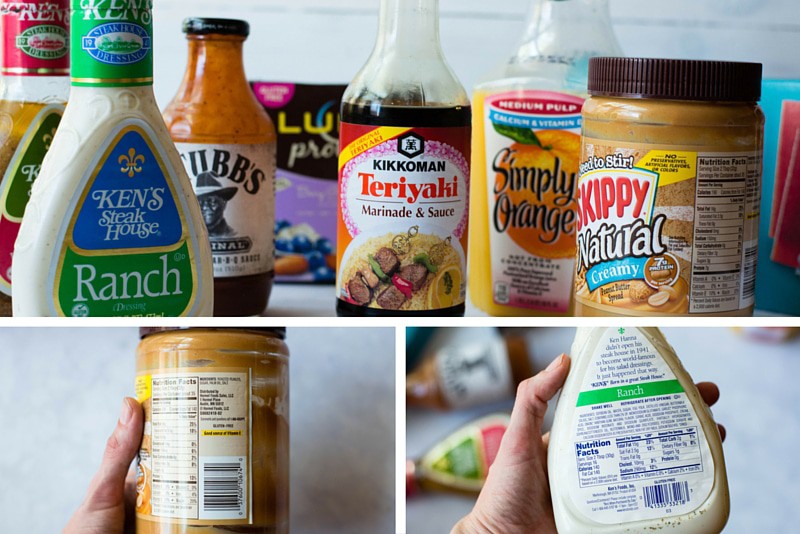
6 SNEAKY WAYS SUGAR IS HIDDEN IN FOODS
1. LOWERING THE PORTION SIZE
This is one way we can easily be fooled about how much sugar we are eating. Manufacturers list the portion as a small one on the label when in fact, at one sitting, you would generally consume two or three portions.
An example of this would be a bottle of soda that has a label giving the nutrition information for one serving, yet the bottle contains almost three times the amount of certain ingredients you should even have all day.
So, in reality, you are eating a lot more sugar than you planned.
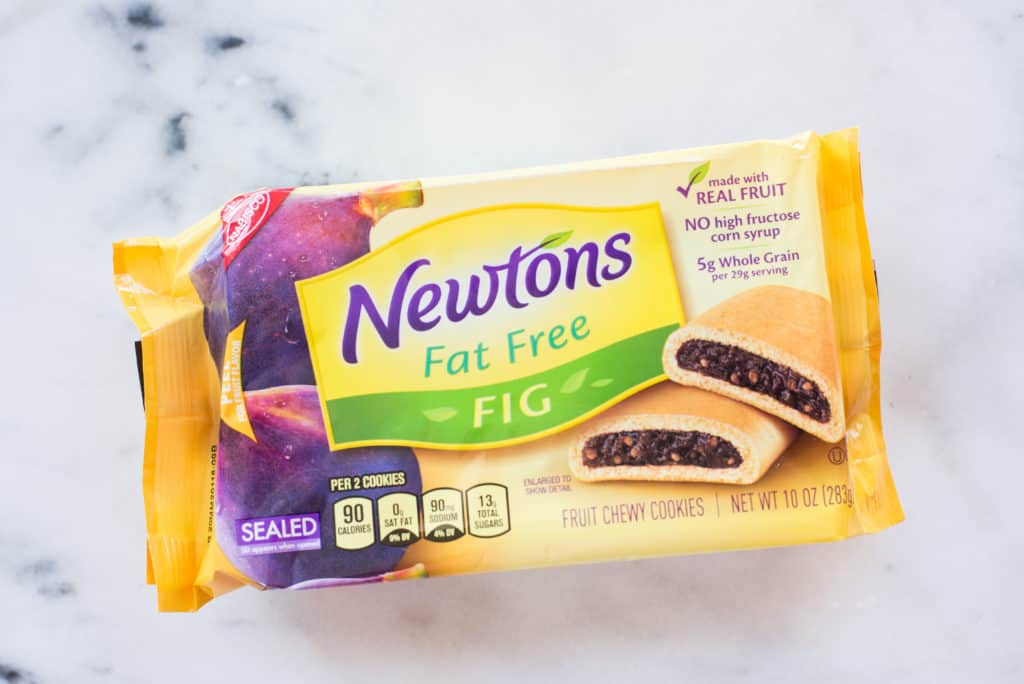
2. FALSE HEALTH CLAIMS ON A PRODUCT
When you look at the grocery store shelf, you may think you are choosing a healthy item when you are not.
How is this so? Beware false claims on a product. Manufacturers often use words like low-fat, diet, light, and natural. This doesn’t mean they are without sugar. They are often even higher in sugar than the full-fat or regular version of the product. Read the label to be sure!
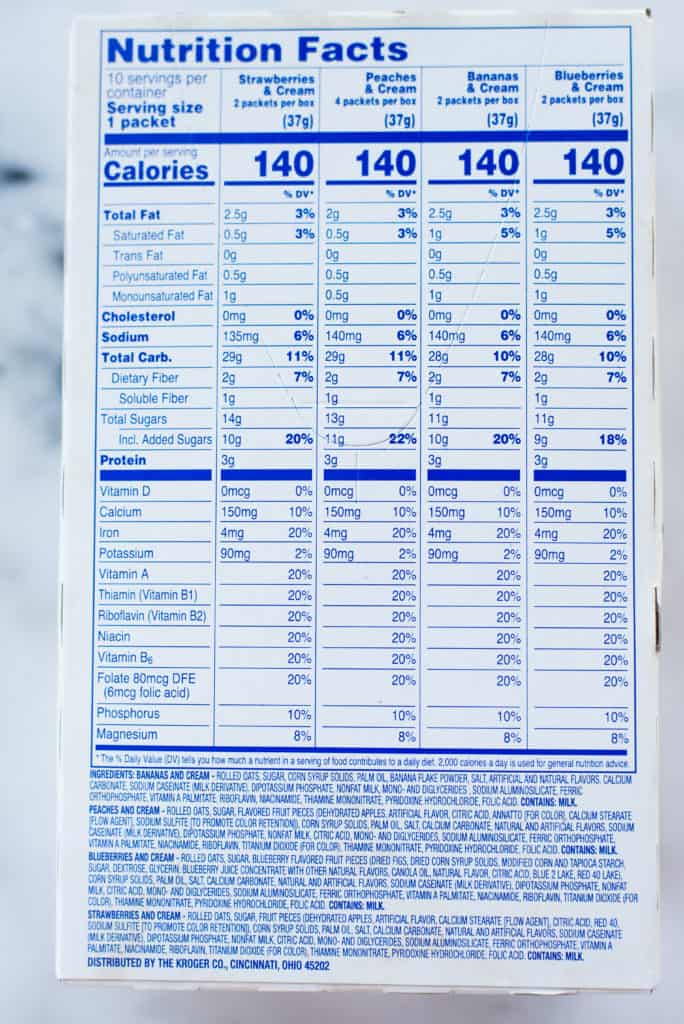
3. COMBINING NATURAL AND ADDED SUGARS
When you eat whole foods, like berries or broccoli, you know how much sugar you are getting per serving. You can't hide it.
But in processed, packaged foods, the naturally occurring sugar and the added sugar are often combined on the label. This can leave you with no idea as to how much added sweetener you are actually eating.
This is another reason to eat clean - you won’t have to worry about hidden sugars in foods.
4. SUGAR HAS MANY DIFFERENT NAMES
Sugar has more forms and names than you can count. If you are skimming a label to see the sugar content, you’ll have to be careful to look out for alternate names. These are just a few examples of both dry sugars and syrups added to food:
- Cane juice crystals
- Organic raw sugar
- Maltose (dextrose, sucrose, and anything ending in ‘ose’)
- Maltodextrin
- Fruit juice concentrate
- Ethyl maltol
- Crystalline fructose
- Agave nectar
- Rice syrup
- High-fructose corn syrup
- Carob syrup
- Oat syrup
5. ADDING MANY TYPES OF SUGAR TO ONE PRODUCT
This is a tricky one for sure. As you may know, ingredient labels list what is in the food in the order of quantity.
When it comes to sugar, because it has so many names, it can be found in a packaged good in 3 or 4 types. Sugar may be listed part of the way down the label. But then, ingredients like maltodextrin, organic cane syrup, and fruit juice concentrate are found further down the list.
When you add all of these hidden sugars up, that’s a lot of sugar in one product.
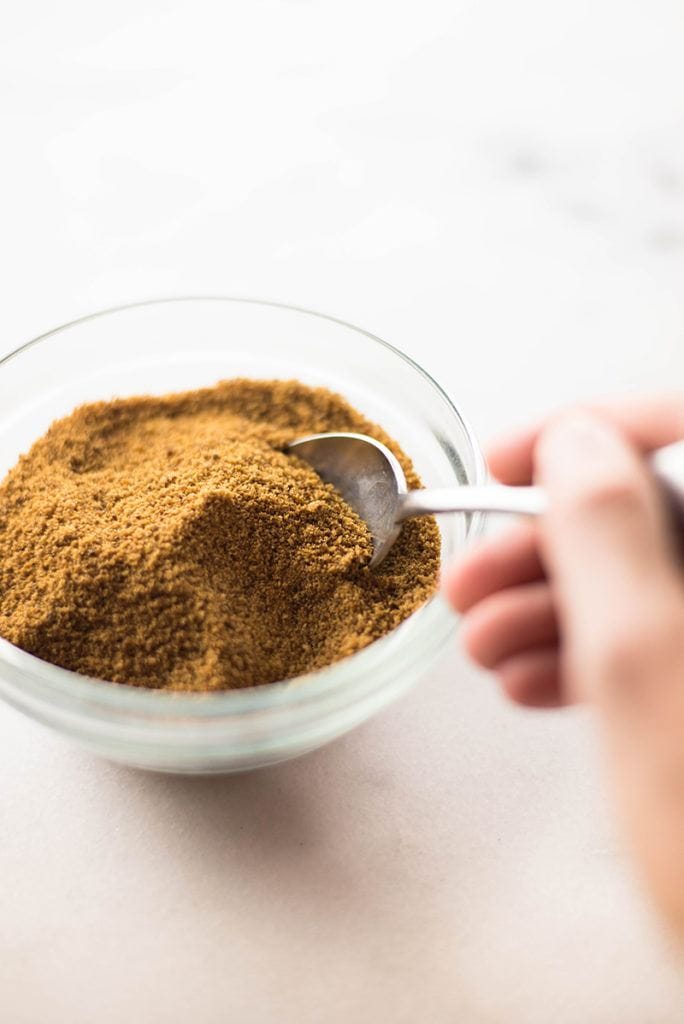
6. INSTEAD OF SUCROSE, HEALTHY SUGARS ARE ADDED
Some manufacturers will try and convince you that the product you are buying contains healthy sugars.
Okay, so maybe they aren’t the refined sugars that you typically see. They are sweeteners like maple syrup, sugar beet syrup, and coconut sugar.
Yes, these are healthier versions of sugar, but if they are added in massive quantities to the packaged food, then you are still getting a ton of sugar per serving.
So, again eat clean. Eat whole foods that contain naturally-occurring sugars that nature meant to be there. No synthetic sugars, and no sugars in excess. Just tasty food, full of nutrients, and good for you. It’s pretty simple if you look at it that way, right?
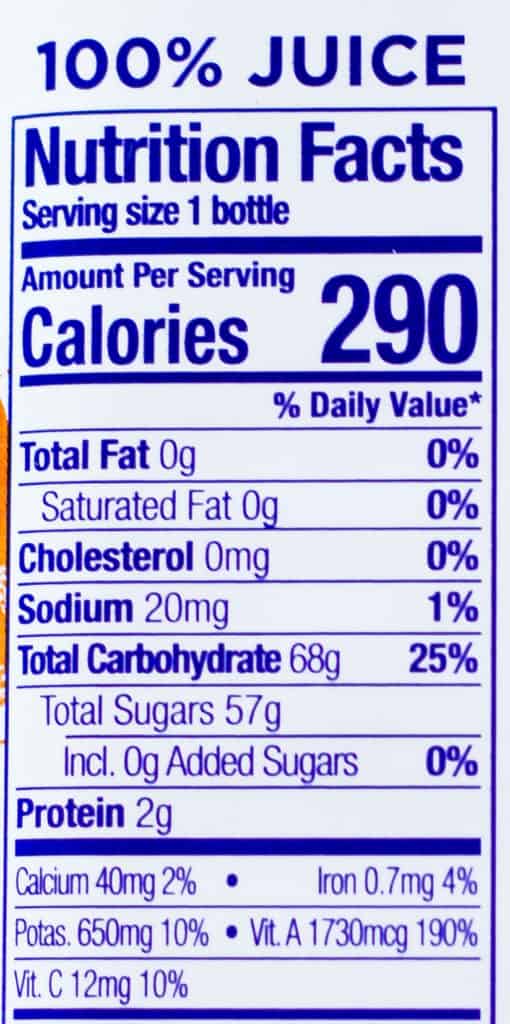
12 FOODS THAT CONTAIN HIDDEN SUGAR
1. Pasta Sauce - In a typical pasta sauce, sugar can be as high on the list as the 4th ingredient, to the tune of 7 grams of sugar in a ½ cup serving. When shopping, look for a brand with no added sweetener, just the naturally occurring sugar from the tomatoes.
2. Peanut Butter - Sure, peanut butter is high in protein, and that’s a good thing. Eat peanut butter and enjoy! In some brands, though, sugar is the first ingredient. Purchase a brand without any added sugar.
3. Ketchup - Ketchup often contains high-fructose corn syrup, which gives a one-tablespoon serving 3 grams of sugar! Even a “no-added-sugar” brand will have sucralose. Your best bet is to make your own ketchup with a healthy sugar substitute, like raw honey.
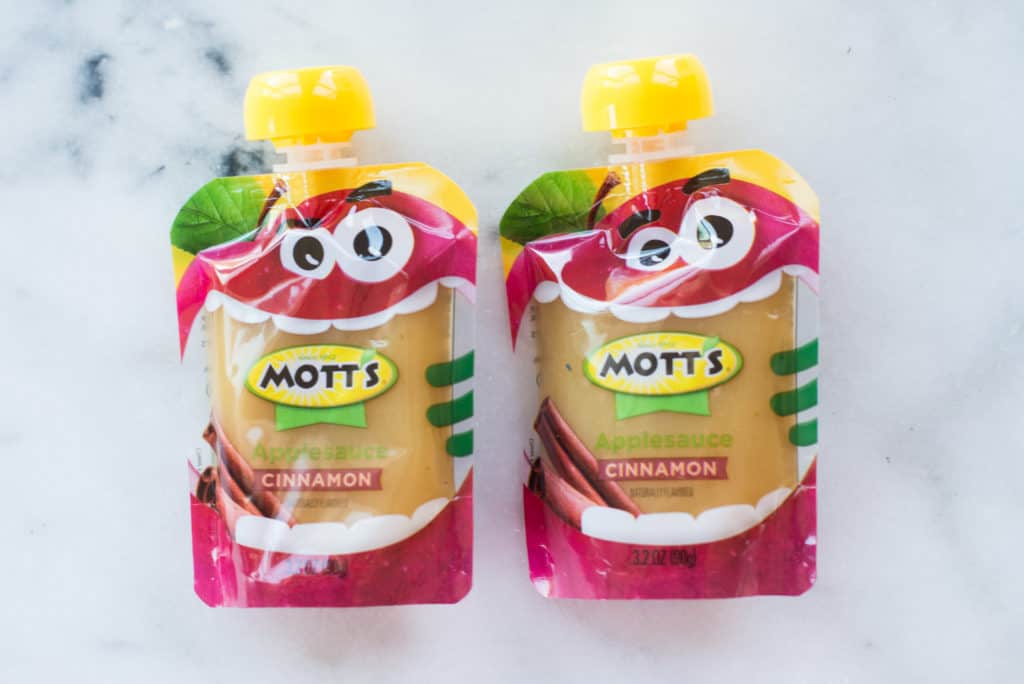
4. Applesauce - Always buy unsweetened applesauce. Regular applesauce can have 14 grams of sugar in one serving. Even better than purchasing applesauce is eating an apple and getting the benefit of the fiber.
5. Sports Drinks - Drinks that we typically think are good to drink during or after a workout are very high in added sugar. It’s common to see ingredients like dextrose along with sugar. Caramel color and red food coloring are another story. One serving of a sports drink can contain 21 grams of sugar! Instead, drink infused water if you are looking for a thirst quencher with a little flavor.
6. Protein and Energy Bars - Sugar, corn syrup solids, fructose, polydextrose, organic brown rice sugar - these are sugars that often top the list of our favorite energy and protein bars. So many sugars in one little bar can only spell trouble in the form of energy spikes and crashes. Choose to eat cottage cheese and almonds for a snack instead.
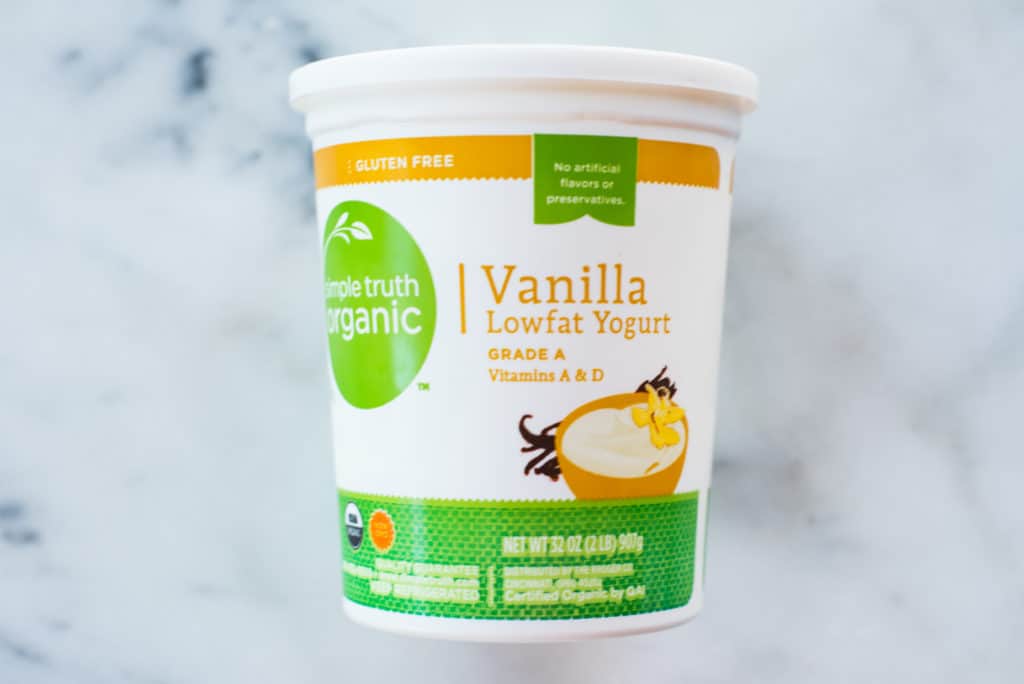
7. Reduced-fat Flavored Yogurt - The marketing ploy is right on target here to make you think you are eating a healthy version of yogurt. When reading the label on the container, you will see organic evaporated cane sugar, among other ingredients, to put one serving at a whopping 37 grams. Go with full-fat yogurt and sweeten it with raw honey, pure maple syrup, or a serving of fruit.
8. Granola - Even the healthiest looking package of granola can have hidden sugars. The types of sugar may be the better-for-you types (along with some not so good sugars like brown rice syrup), but it’s the quantity of sugar in the package you have to look out for. Buy granola that is sweetened only with coconut sugar and give it a try.
9. Tomato Soup - Are you as surprised as I am about the sugar content in a can of tomato soup? Take a look, and you may have a brand in your pantry that has 12 grams of sugar - in one-third of a can! Do you ever eat just one-third of a small can of soup? Make your own healthy tomato soup instead.
10. Crackers - We often look to crackers for a crunchy snack that we think is good for the diet. Check that box of thin crackers in your pantry and see if the third ingredient is sugar, followed by malt syrup and refiners syrup. A serving of 16 thin crackers can have as much as 5 grams of sugar. That’s a lot for a small snack. Look for an organic brand with a little bit of added sea salt. That’s a much better option!
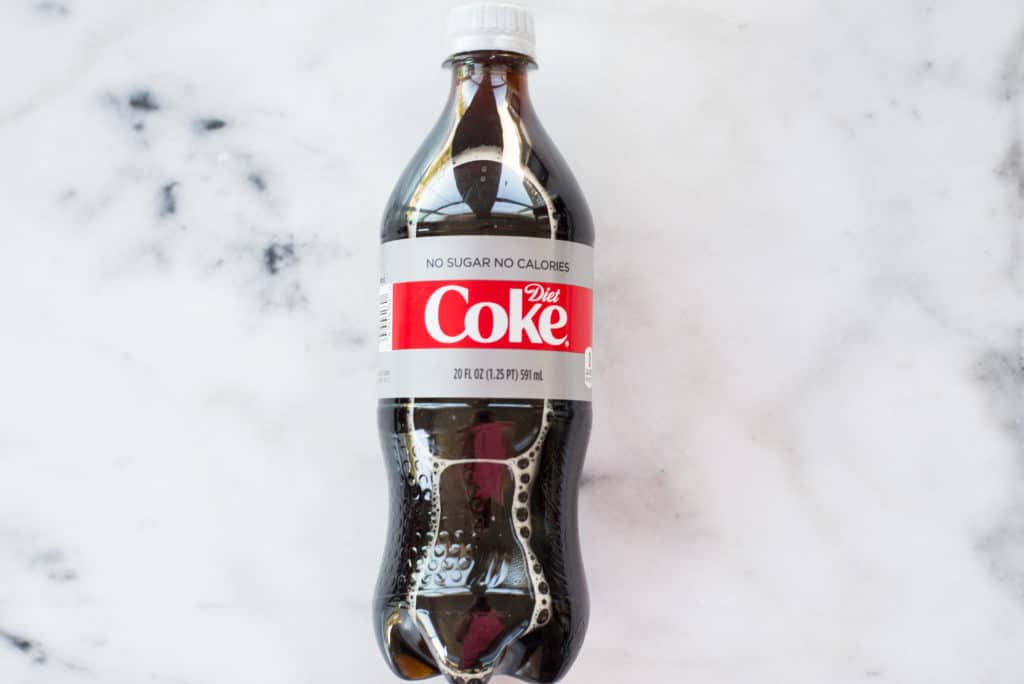
11. Sugar-free Drinks - We often think we are making a better choice by going for a sugar-free drink. The truth is that instead of sugar, the added sweetener can be aspartame, saccharin, or sucralose, which is just chemically altered sugar. These sweeteners will just keep you craving sweet foods. Make a better choice of coffee or tea to get your caffeine.
12. fruit Juice - When you drink a glass of orange juice, you are taking away the goodness of processing the fiber from a piece of fruit. One cup of juice can contain 23 grams of sugar, which is the equivalent of 4 or 5 oranges. I don’t think you would eat 5 oranges in one sitting, would you?
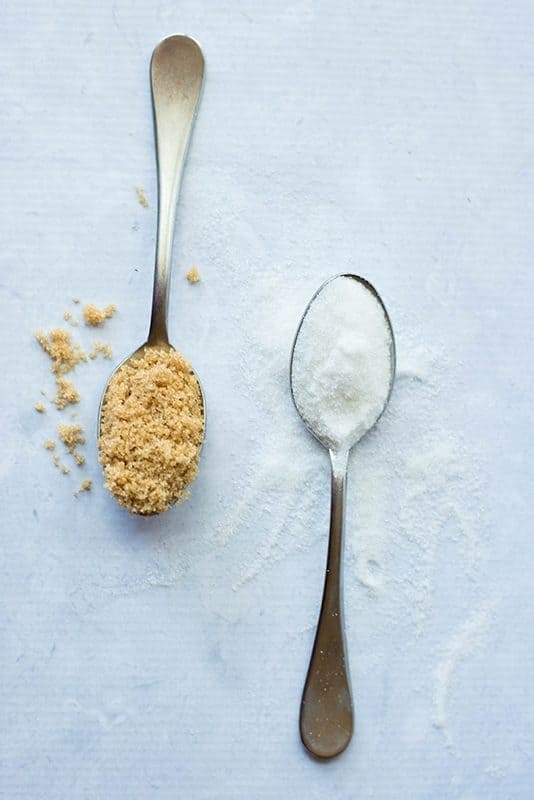
HEALTH RISKS ASSOCIATED WITH EXCESSIVE SUGAR INTAKE
Sadly, if you fill up on sugar all of the time and ignore the other components of a healthy diet, you are risking your health, including the following:
- Fatty liver disease is linked to too much sugar
- Heart disease is a risk when excessive sugar is eaten
- High blood sugar levels can damage the blood vessels in the kidneys
- The risk of dementia is increased with a high sugar diet
- Too much sugar is bad for the teeth
- Sugar causes your energy levels to spike and then crash
- A diet high in refined carbohydrates and refined sugar may cause premature wrinkling of the skin
- You are put at risk of certain cancers when you eat too much sugar because of insulin resistance and inflammation
- A high sugar diet puts you at risk of depression
- Excessive sugar consumption can put you at risk of type II diabetes
- Too much sugar consumption will cause weight gain
THE IMPORTANCE OF READING LABELS
Why read food labels? Doing so is a really important part of being healthy, and I’ll tell you why.
It’s essential to know how much of an ingredient is in a food, especially if you have specific health concerns. For example, if you have high blood pressure, you want to steer clear of foods that are high in sodium.
If you want to lose weight, knowing the calorie count of a dish or meal is key to staying on track. Fiber is crucial to keeping the digestive system running smoothly, so being aware of the fiber content in a food is important.
And of course, you’ll want to stay on top of hidden sugars in food. Getting to know the names of sneaky sugars so that you can look out for them is a great idea.
MORE POSTS ON QUITTING SUGAR
If you want to learn more about sugar, diet hacks, and clean eating, take a look at these posts!
- How to Quit Sugar: The 7 Steps I Finally Took to Quit Sugar and How You Can, Too!
- 15 Weight Loss Hacks That Actually Work!
- Eating Clean for Beginners
- 5-Day Anti-inflammatory Diet Meal Plan
- 7-Day Meal Prep for Weight Loss
This post contains affiliate links that I use regularly and highly recommend.

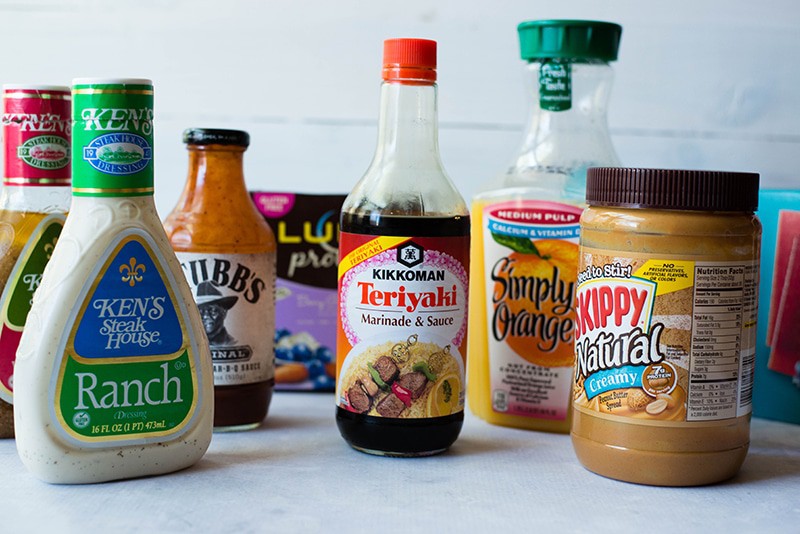
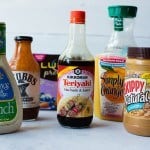
Callen
Unfortunately, many food products have a nutrition label that is almost impossible to read. The print can be too small or it can be so low in contrast (for example, pale yellow print on a white label), that it is not legible. The problem gets even worse for those of us over 60 or 65 years of age.
I wish there were government standards to enforce a readable label.
PAT MARINO
ARE SWEETNERS LIKE MONK FRUIT LIQUID AND GRANULATED OK
TO USE. THANK YOU. PAT